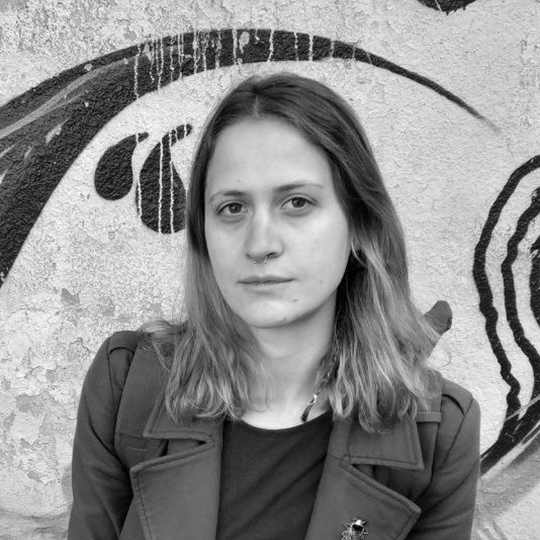 © Rodrigo Paulicchi
© Rodrigo Paulicchi © Rodrigo Paulicchi
© Rodrigo PaulicchiThe Web programming with Go course is an intensive free of charge training suitable for students and junior professionals interested in new technologies, coding and computer science.
The main lecturer of the course is provided by our partner MNKnowledge, however senior professionals from Chaos will also be involved in the course.
Admission process, details & important dates
The admission process for the course is as follows:

"I am a person who learns best in an organized environment so the Go course was a great opportunity for me.
The course covers the latest Go developments as well as good programming practices overall. Since there is a homework assignment every week you are encouraged to follow along which is good for your motivation. The guest lecturers from the Chaos team were very engaging - for example, by live coding and optimizing a piece of code together with the audience. The final project was the highlight for me. Not only do you get to make a working prototype on a topic that you find interesting but you also receive practical advice on how to improve it."